Neural Engineering
Neural engineering integrates concepts from neuroscience, engineering, physics, computer science, and mathematics to comprehend and influence the functions of the nervous system. It encompasses various aspects, including neural prosthetics, neural imaging, neural computation, and neural interface technologies. Neural prosthetics involve the development of devices or systems that can replace or enhance the functions of the nervous system. This includes brain-computer interfaces (BCIs), which enable direct communication between the brain and external devices, allowing individuals to control computers, prosthetic limbs, or other devices using their thoughts. Neural prosthetics hold promise for restoring lost sensory or motor functions in individuals with disabilities. Neural imaging techniques enable scientists to visualize and understand the structure and function of the nervous system. Methods such as functional magnetic resonance imaging (fMRI), electroencephalography (EEG), and magnetoencephalography (MEG) provide insights into brain activity and connectivity, aiding in the diagnosis and treatment of neurological disorders. Neural computation involves the development of algorithms and computational models inspired by the structure and function of the brain. These models are used to simulate neural processes, understand neural dynamics, and develop artificial intelligence systems capable of learning and adapting. Neural interface technologies focus on creating bi-directional communication pathways between the nervous system and external devices. This includes implantable devices, such as deep brain stimulators used to treat Parkinson's disease, as well as non-invasive techniques like transcranial magnetic stimulation (TMS) and transcranial direct current stimulation (tDCS) for modulating brain activity. Overall, neural engineering plays a crucial role in advancing our understanding of the brain and developing innovative solutions for neurological disorders, brain-computer communication, and enhancing human capabilities. Its interdisciplinary nature fosters collaboration across diverse fields to tackle complex challenges at the intersection of biology and technology.
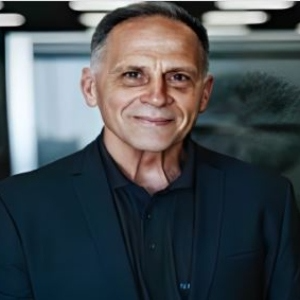
Ken Ware
NeuroPhysics Therapy Institute, Australia
Robert B Slocum
University of Kentucky HealthCare, United States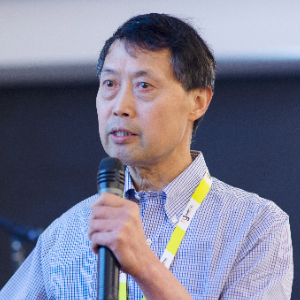
Yong Xiao Wang
Albany Medical College, United States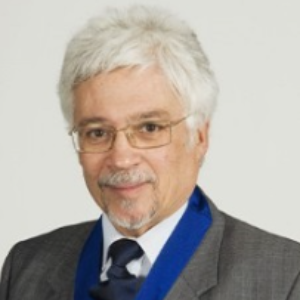
W S El Masri
Keele University, United Kingdom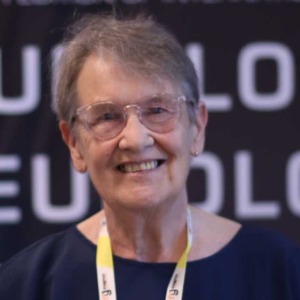
Jaqueline Tuppen
COGS Club, United Kingdom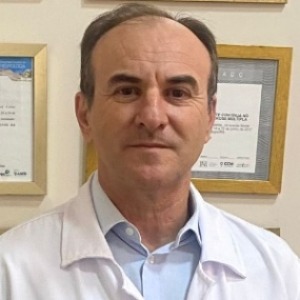
Milton Cesar Rodrigues Medeiros
Hospital Santa Casa de Arapongas, Brazil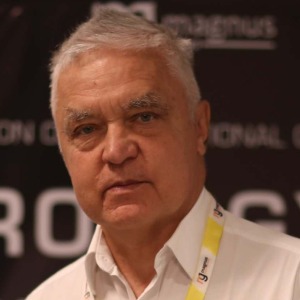




Title : Perception and individuality in patient cases identifying the ongoing evolution of Myalgic Encephalomyelitis/Chronic Fatigue Syndrome (ME/CFS)
Ken Ware, NeuroPhysics Therapy Institute, Australia
Title : Narrative medicine: A communication therapy for the communication disorder of Functional Seizures (FS) [also known as Psychogenic Non-Epileptic Seizures (PNES)]
Robert B Slocum, University of Kentucky HealthCare, United States
Title : Rabies: Challenges in taming the beast
Alan C Jackson, University of Calgary, Canada
Title : Neuro sensorium
Luiz Moutinho, University of Suffolk, United Kingdom
Title : Traumatic Spinal Cord Injuries (tSCI) - Are the radiologically based “advances” in the management of the injured spine evidence-based?
W S El Masri, Keele University, United Kingdom
Title : Personalized and Precision Medicine (PPM), as a unique healthcare model through biodesign-driven biotech and biopharma, translational applications, and neurology-related biomarketing to secure human healthcare and biosafety
Sergey Victorovich Suchkov, N.D. Zelinskii Institute for Organic Chemistry of the Russian Academy of Sciences, Russian Federation